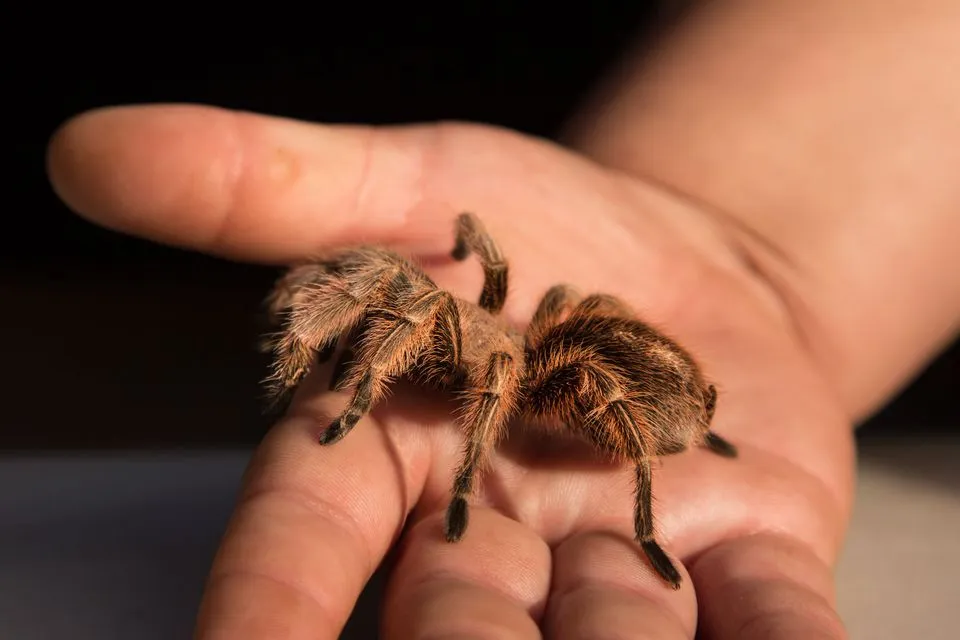Tarantula Care Top 5 Tips for Beginners
Embarking on the journey of owning a tarantula can be an exciting experience, offering a unique pet that captivates with its intriguing appearance and behavior. However, responsible tarantula ownership requires understanding the specific needs of these fascinating creatures. This guide offers five essential tips to help beginners create a thriving and safe environment for their new pet. From choosing the right species to providing the correct habitat and care, this article will equip you with the knowledge to ensure your tarantula lives a long, healthy, and fulfilling life. Remember that patience and research are key, and every tarantula owner’s commitment lays the foundation for a rewarding experience. Following these tips ensures you provide the best possible care for your pet, fostering a unique bond and appreciation for the natural world.
Choosing the Right Tarantula
The first step in successful tarantula care involves selecting a species that aligns with your experience level and lifestyle. Certain species are known for being more docile and easier to care for, making them ideal for beginners. Before acquiring a tarantula, research different species to understand their temperaments, growth rates, and specific care requirements. Consider factors like the tarantula’s size, venom potency, and activity level to ensure it’s a good fit for your home and personal preferences. The ideal beginner tarantula is generally a terrestrial species with a calm demeanor, such as the Chilean Rose Hair or the Pinktoe tarantula. Avoid more aggressive or medically significant species until you have experience in keeping tarantulas. Start with a juvenile to observe its behavior and get a feel for tarantula care before moving onto more challenging species.
Researching Tarantula Species
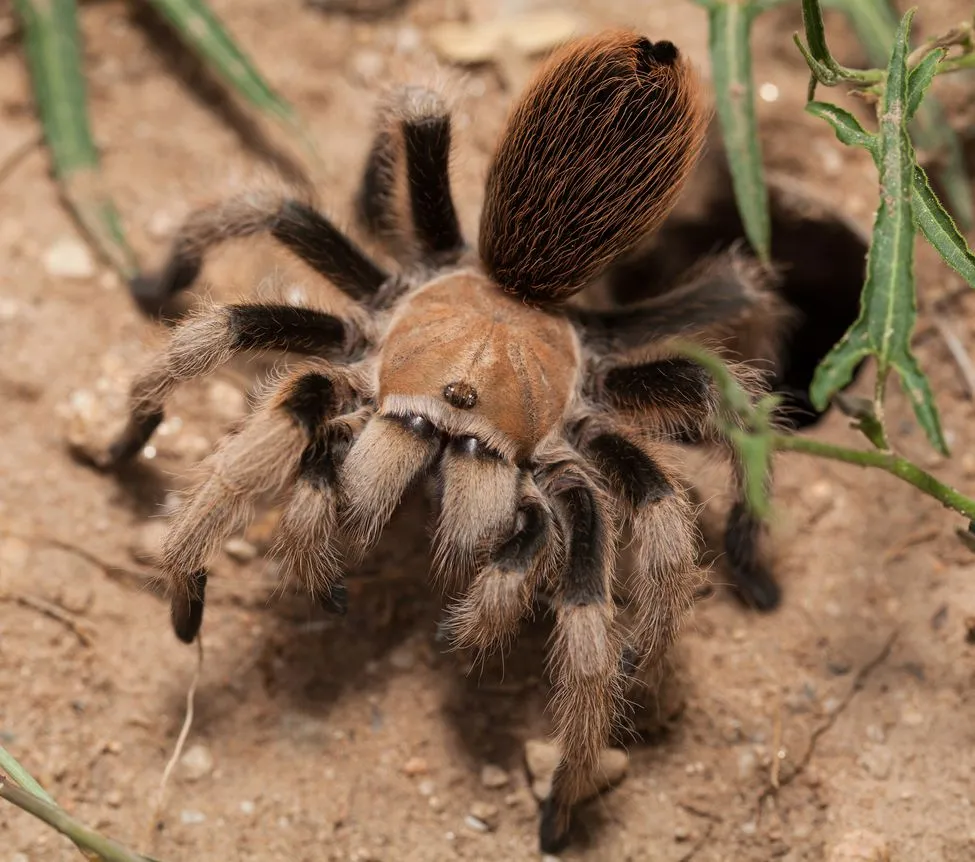
Thorough research is paramount when selecting your tarantula species. Utilize online resources, books, and reputable breeders to gather information on various tarantulas. Focus on understanding the species’ native habitat, which will inform the setup of your enclosure, and the specific needs it may have. Learn about their size, lifespan, and potential for growth, which will help you provide a suitable habitat as they mature. Researching your chosen species’ temperament is equally essential to understand their behavior. Some species are more reclusive, while others are more visible and active. Look into the level of venom potency and understand the potential risks associated with each species, and the level of care needed. This research will help you make an informed decision, leading to a successful start in tarantula ownership.
Understanding Temperament Differences
Temperament differences between tarantula species are critical to consider. Some tarantulas are naturally docile, while others are more defensive. Observe how they react to external stimuli. Docile species might be less likely to bite or exhibit other defensive behaviors. Research the species’ defense mechanisms, which could include flicking urticating hairs or running away as a first line of defense. Temperament can influence your interactions with your tarantula and the overall ease of care. By understanding these differences, you can choose a species whose temperament aligns with your expectations and experience level. Always prioritize your safety and the well-being of the tarantula by respecting its natural behavior and defensive responses. This helps you create a secure handling environment.
Setting Up the Perfect Enclosure
Creating an appropriate enclosure is essential for your tarantula’s health and happiness. The enclosure should be the correct size for the species and the tarantula’s size, ensuring it has enough space to move around comfortably. A secure enclosure with a tight-fitting lid is critical to prevent escape, and to prevent any potential external threats. The enclosure’s material should be appropriate for the species, with ventilation to avoid the build-up of humidity or poor air quality. The ideal setup mimics the tarantula’s natural habitat by including appropriate substrate, decor, and hiding places. This includes elements like artificial plants or cork bark. All of these aspects contribute to the creation of an environment that supports the tarantula’s well-being.
Substrate and Habitat Essentials
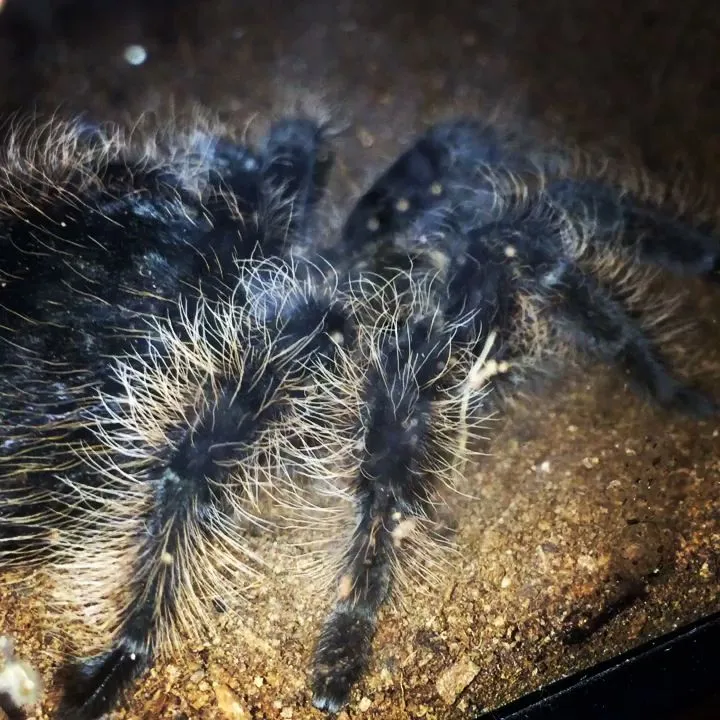
The substrate forms the base of the enclosure and plays a crucial role in maintaining the environment. The type of substrate needed depends on the tarantula species and the climate it originates from. Common substrate choices include coconut fiber, peat moss, and potting soil mixtures, which provide a suitable base for burrowing, regulating humidity, and absorbing waste. Decorate the enclosure with elements like cork bark, artificial plants, or other safe decorations to provide hiding places and enrich the environment. These elements offer security and stimulation for the tarantula, reducing stress and contributing to overall well-being. The inclusion of these elements is a vital consideration for creating a proper enclosure.
Temperature and Humidity Control
Tarantulas are ectothermic creatures, meaning they rely on their environment to regulate their body temperature. Maintain the correct temperature range for the species, using a heat lamp or a heating pad if necessary. Monitor the temperature with a thermometer and adjust the heating source as needed. Similarly, humidity levels are a critical factor in tarantula care. The appropriate humidity level varies depending on the species. Provide a water dish and mist the enclosure regularly to maintain humidity. Too much or too little humidity can lead to health issues like molting problems and fungal infections. Regular monitoring and adjustments are essential for maintaining a healthy environment for your tarantula.
Feeding Your Tarantula
Feeding your tarantula is a fundamental aspect of their care. The diet of tarantulas consists primarily of insects, with crickets, mealworms, and roaches being common choices. The size of the prey should be appropriate for the size of the tarantula, and it should not exceed the tarantula’s body length. Always ensure the prey insects are gut-loaded before feeding to provide essential nutrients to your tarantula. You can purchase premade gut-load formulas or feed the insects with nutritious foods like fruits and vegetables. Remove uneaten prey after 24 hours to prevent them from stressing your tarantula. Providing a proper diet ensures your tarantula thrives and reaches its full potential. Remember to adapt the feeding schedule as the tarantula grows and molts.
Appropriate Prey Selection
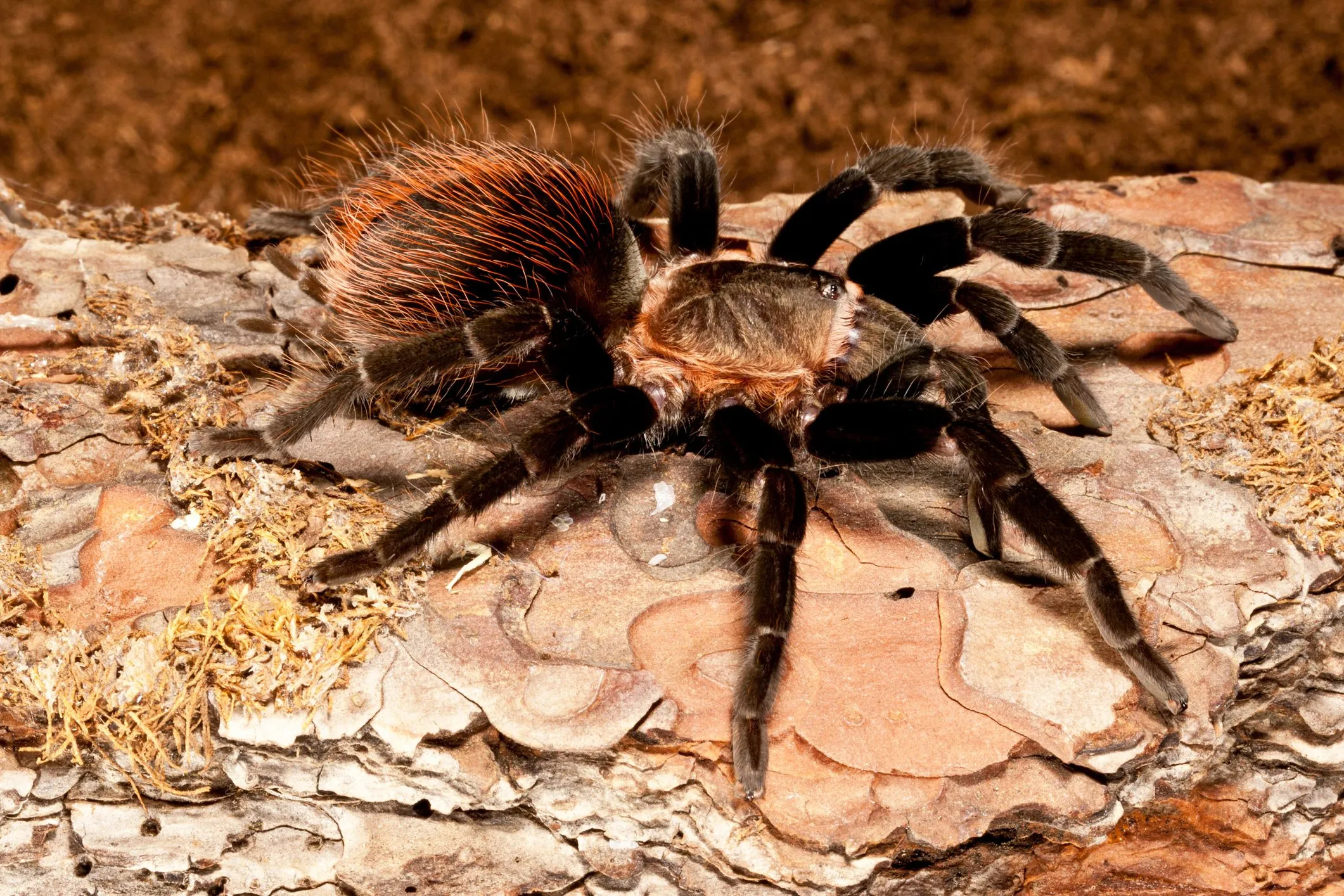
Selecting the right prey for your tarantula is essential for their nutritional needs. Crickets, mealworms, and roaches are standard choices due to their availability and ease of care. Variety in the diet can provide a broader spectrum of nutrients. However, be cautious with wild-caught insects, as they may carry parasites or pesticides that can harm your tarantula. Gut-loading the insects before feeding them to your tarantula is a crucial step. This is a process of feeding the insects with nutritious foods, such as fruits and vegetables, to enhance their nutritional value. It will pass those nutrients to your tarantula, ensuring it receives a well-balanced diet. Make sure the prey is of the correct size to avoid any risks of injury to the tarantula.
Feeding Frequency and Amounts
Feeding frequency and the amount of food provided depend on the age and species of the tarantula. Young tarantulas require more frequent feedings compared to adults because they are growing rapidly. As a general guideline, feed juvenile tarantulas once or twice a week, and adult tarantulas every one to two weeks. Observe your tarantula’s body condition, noting its abdomen, which should be a healthy size. If the abdomen appears too small, it may need more food. Avoid overfeeding, as this can cause health issues. Remove any uneaten prey within 24 hours to prevent stress and potential harm. Adjust the feeding schedule based on your tarantula’s growth rate, molting cycle, and activity levels. With a proper approach, you can ensure your tarantula receives the nutrition it needs.
Watering Your Tarantula
Providing a clean water source is essential for your tarantula’s hydration. Use a shallow water dish that the tarantula can easily access without the risk of drowning. The water should be fresh, and the dish should be cleaned regularly to prevent bacteria growth. In addition to the water dish, mist the enclosure periodically to maintain humidity, especially for species that require higher humidity levels. The frequency of misting depends on the species and the humidity level. Always monitor the enclosure’s humidity and adjust the misting schedule as needed to ensure the environment is ideal. It’s vital to offer clean water, since it is essential for the health and well-being of the tarantula, supporting their ability to molt and thrive.
Providing Clean Water
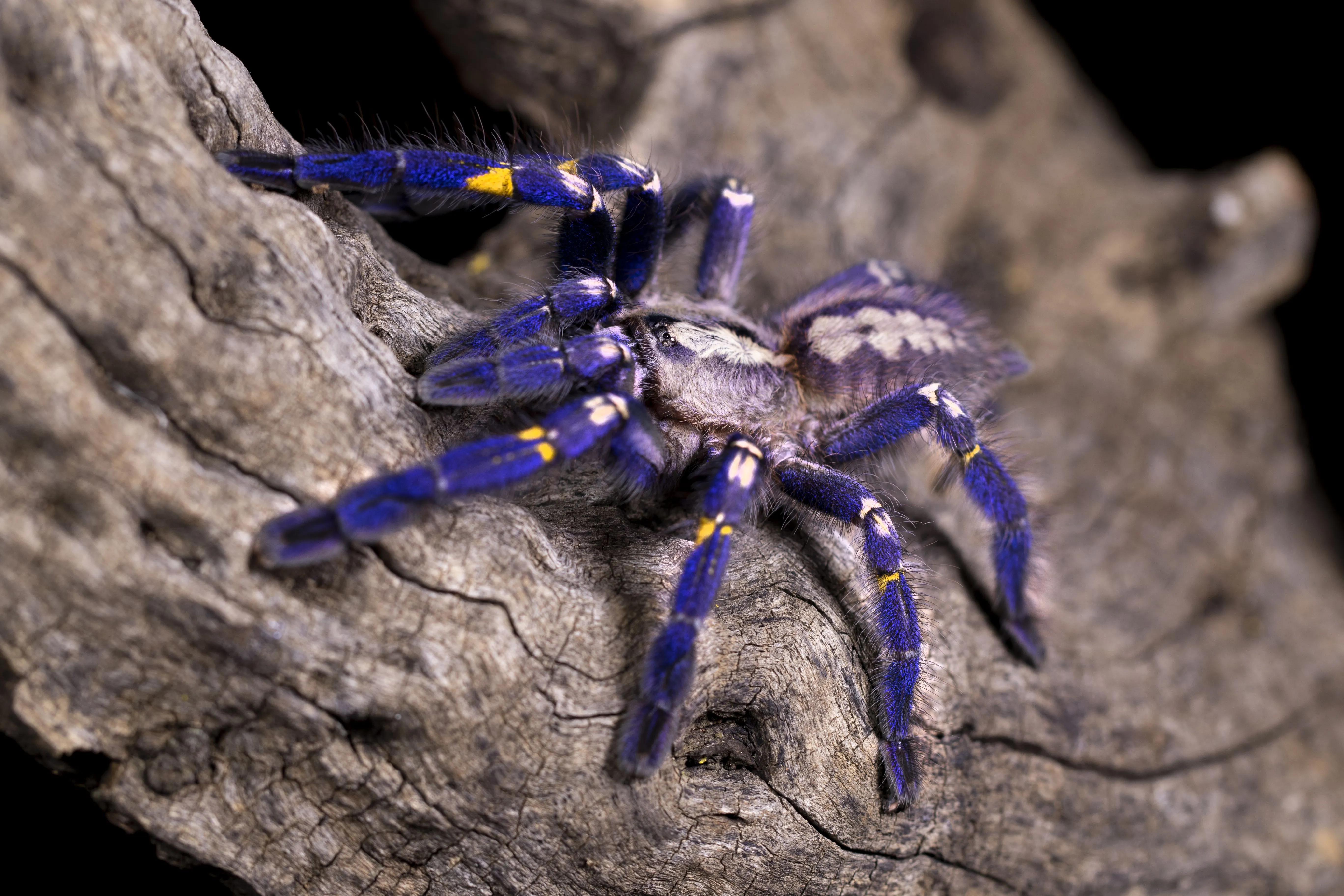
Clean water is essential for the health of your tarantula. A shallow water dish should be provided at all times, and it should be cleaned regularly to prevent the growth of bacteria and algae. Tap water is generally safe, but it is advisable to use bottled water or let tap water sit for 24 hours to allow chlorine to dissipate. This is especially important for more sensitive species. Ensure the water dish is appropriately sized and positioned to allow the tarantula easy access. Change the water every few days to maintain its cleanliness and freshness. Providing clean water is a basic but crucial step for responsible tarantula care, which promotes the overall well-being of your pet.
Maintaining Humidity Levels
Maintaining the correct humidity level is crucial for your tarantula’s health, especially during molting. The humidity levels depend on the species, and the environment should mimic its natural habitat. Use a hygrometer to measure the humidity level in the enclosure and mist it with water as needed to increase the humidity. The frequency of misting depends on the species. It’s essential to avoid excessive humidity, as it can lead to fungal infections and other health issues. Monitor the enclosure and adjust the humidity accordingly. Proper humidity levels support healthy molting and overall well-being. Combine the use of a water dish, substrate, and misting to maintain the appropriate conditions, guaranteeing that the environment is ideal for your tarantula.
Handling and Interaction
Handling tarantulas should be approached with caution and respect. Tarantulas are generally not pets to be handled frequently. Limit handling to necessary situations, such as enclosure maintenance, and avoid unnecessary interactions to minimize stress for the tarantula. Even docile species can react defensively, and handling increases the risk of bites or other injuries. If handling is necessary, approach the tarantula calmly and slowly. Never grab or startle the tarantula. Observe its behavior and be prepared to put the tarantula down if it shows signs of stress or aggression. Always wash your hands thoroughly before and after handling your tarantula to prevent the spread of bacteria or contaminants. This shows respect for their nature and enhances your safety.
Safe Handling Techniques
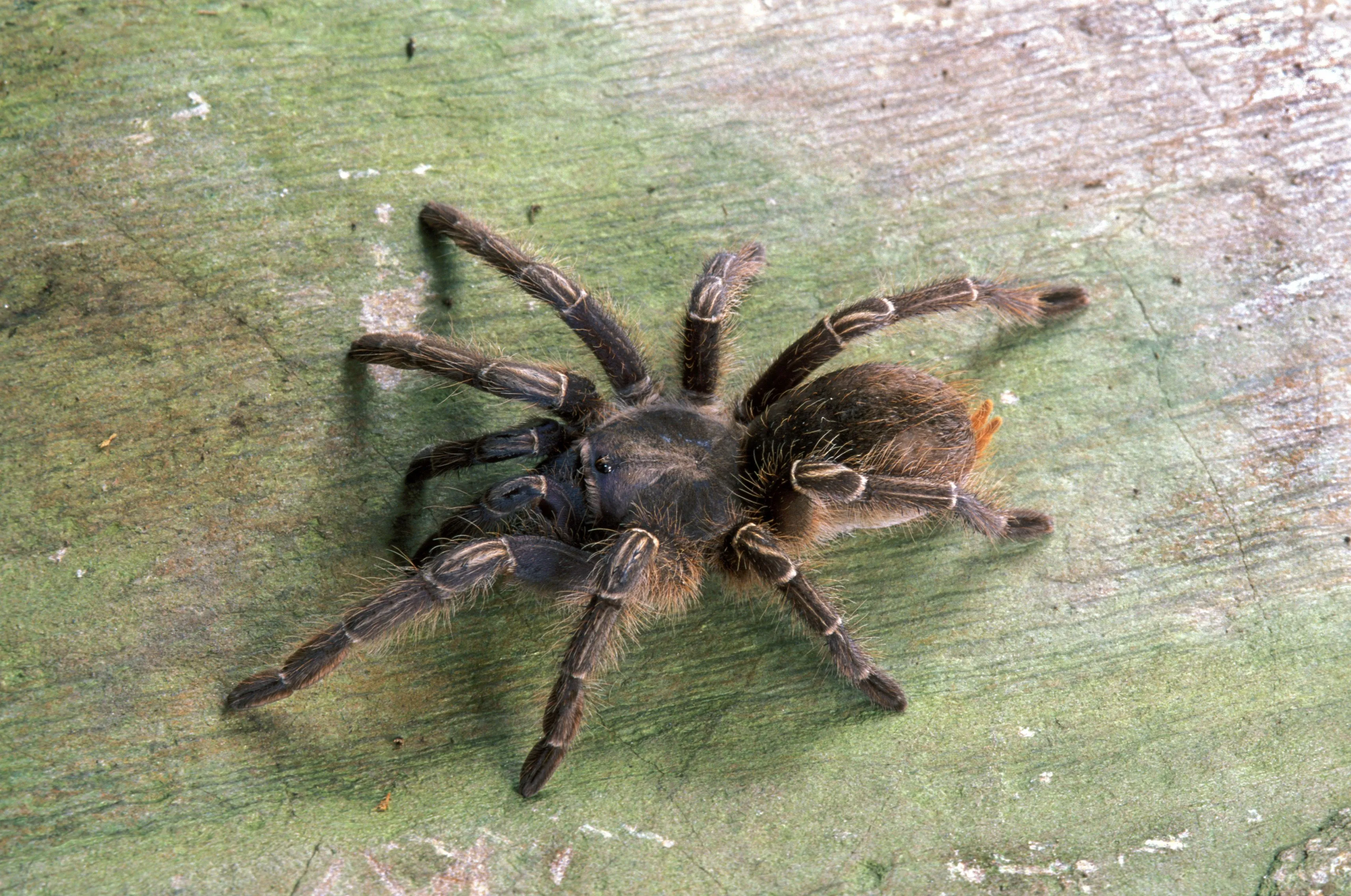
If handling your tarantula is necessary, practice safe handling techniques to prevent injury to both yourself and the tarantula. It is generally best to let the tarantula walk onto your hand, instead of grabbing it. When handling, always be in a seated position close to the ground to minimize the distance should the tarantula fall. Avoid sudden movements and loud noises that could startle the tarantula. If the tarantula shows signs of stress, such as rearing up or raising its front legs, gently place it back in its enclosure. Always supervise children and educate them about proper handling techniques. Prioritize the tarantula’s well-being and safety by respecting its behavior and handling it with care.
Recognizing Stress Signs
Understanding the signs of stress in your tarantula is essential to provide proper care. Recognize the common signs, such as the tarantula flicking its urticating hairs, rearing up, or raising its front legs in a defensive posture. Other signs include a change in behavior, such as hiding more frequently or refusing to eat. If your tarantula exhibits any of these signs, immediately stop handling and return it to its enclosure. Identify and address the cause of the stress, which might include improper enclosure conditions, too much handling, or disturbances. Monitoring your tarantula’s behavior enables you to identify and resolve issues, contributing to a stress-free environment. By paying attention to your tarantula’s behavior, you can create a comfortable and safe environment for your pet.
